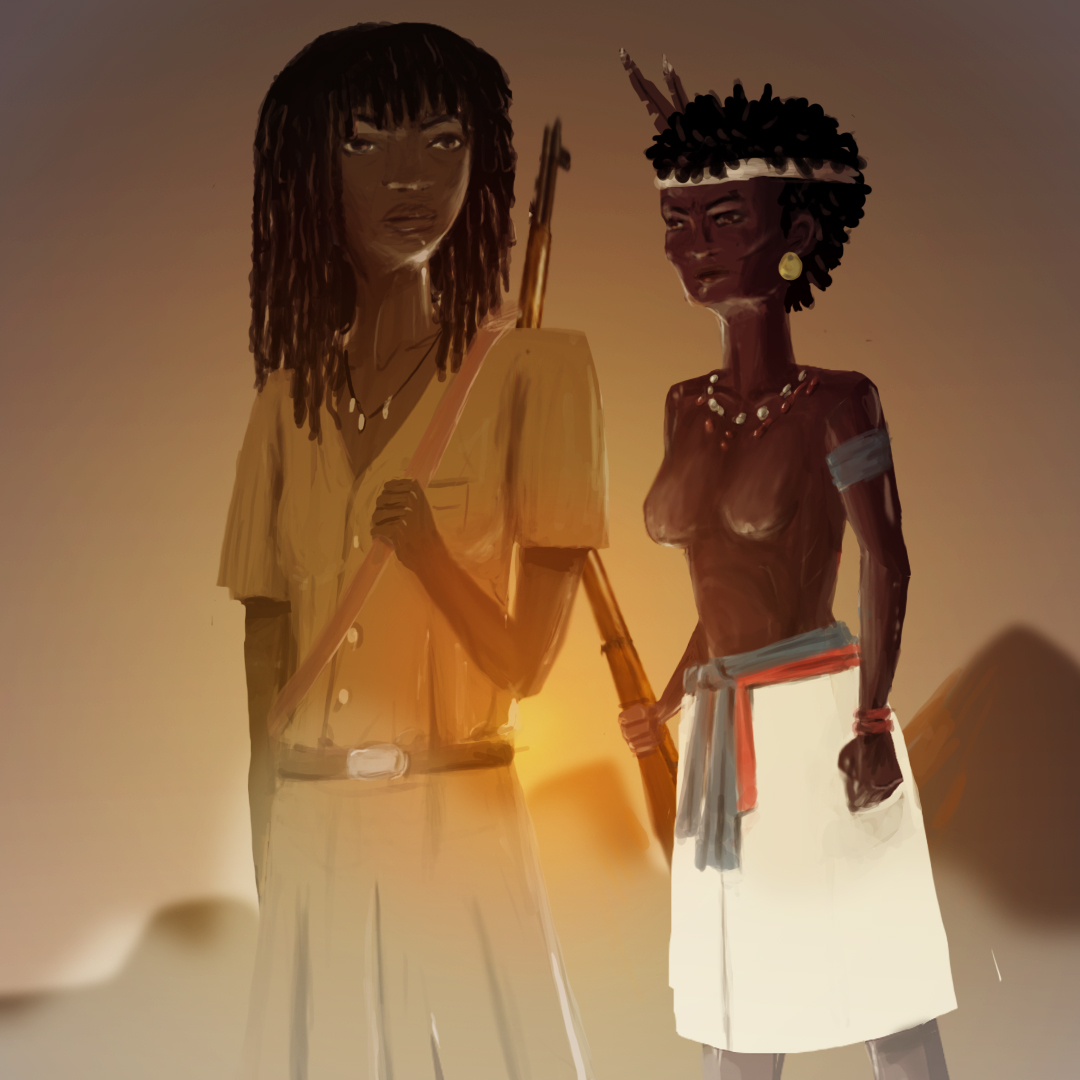
In this episode we contrast the Kikuyu and the Giriama, and how they both use the power of oaths as their weapon against the British empire. We will see how narratives and stories are the foundation upon which the colonial project was built upon and sustained by. In our second episode, The Kenyan Oath comes head to head, with the English fairy tale.
Sources
- Patterson, K. David. “The Giriama Risings of 1913-1914.” African Historical Studies, vol. 3, no. 1, 1970, p. 89, 10.2307/216482.
- Green, Maia. “Mau Mau Oathing Rituals and Political Ideology in Kenya: A Re-Analysis.” Africa, vol. 60, no. 1, Jan. 1990, pp. 69–87, 10.2307/1160427.
- TEMU, A. J. “THE GIRIAMA WAR, 1914-1915.” Journal of Eastern African Research & Development, vol. 1, no. 2, 1971, pp. 167–186, www.jstor.org/stable/43658221.
- Carrier, N. CM, and C. Nyamweru. “Reinventing Africa's National Heroes: The Case of Mekatilili, a Kenyan Popular Heroine.” African Affairs, vol. 115, no. 461, Oxford University Press, 2016, pp. 599–620.
- Anderson, David. Histories of the Hanged : Britain’s Dirty War in Kenya and the End of Empire. London, Weidenfeld & Nicolson, 2005.
- Brantley, Cynthia. Giriama and Colonial Resistance in Kenya, 1800 -1920. 2018.
- Opolot Okia. Communal Labor in Colonial Kenya : The Legitimization of Coercion, 1912-1930. New York, Ny, Palgrave Macmillan, 2012.
Share this:
- Click to share on Twitter (Opens in new window)
- Click to share on Facebook (Opens in new window)
- Click to share on Tumblr (Opens in new window)
- Click to share on Telegram (Opens in new window)
- Click to share on WhatsApp (Opens in new window)
- Click to share on Pinterest (Opens in new window)
- Click to share on Pocket (Opens in new window)
